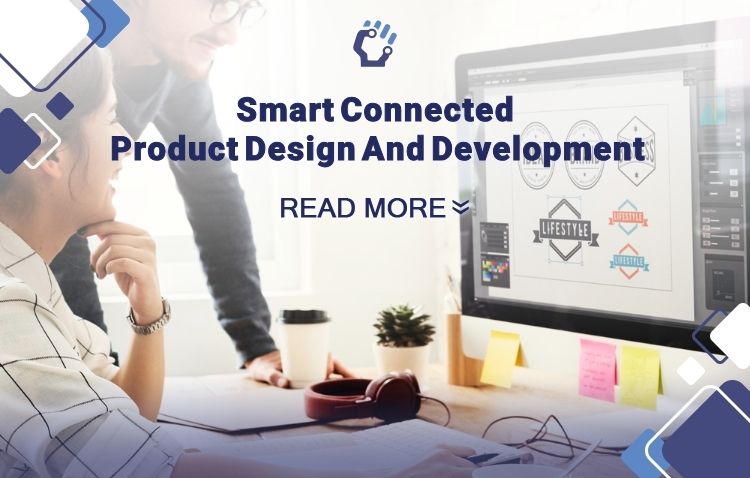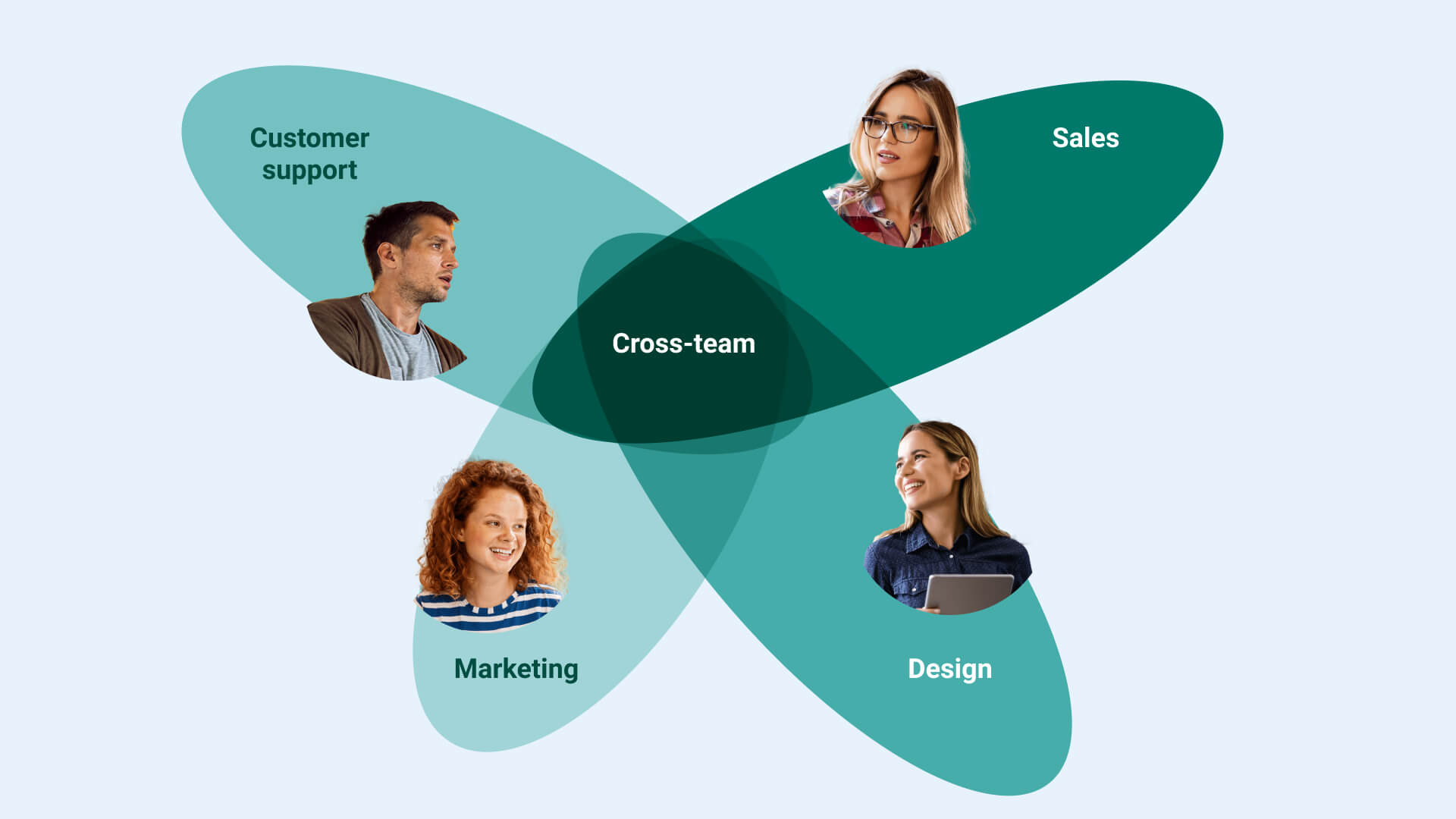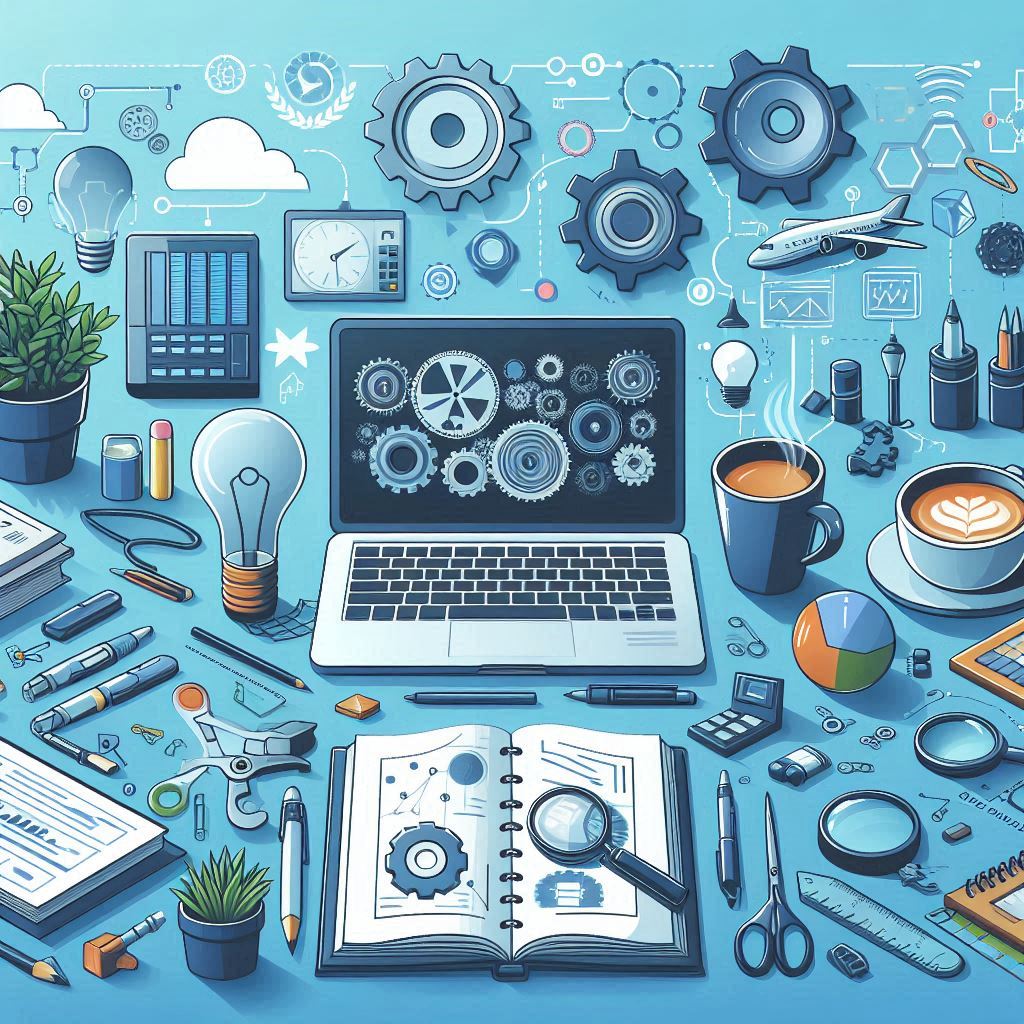Smart product design and development involves the integration of cutting-edge technology and connectivity into traditional products to create smart connected products. This approach redefines the user experience by enhancing functionality, enabling data collection and analysis, and enabling seamless communication with other devices and the internet. The design and development process for smart connected products involves various stages, including ideation, prototyping, testing, and manufacturing. This approach requires interdisciplinary collaboration, involving experts from fields such as engineering, software development, data analytics, and user experience design. The goal is to create innovative, user-centric, and scalable solutions that leverage the power of connectivity to transform traditional products into intelligent and interconnected devices.
What is Smart Product Design and Development?
Smart product design and development is a process that involves creating innovative and interconnected products with advanced technological capabilities and intelligent functionalities. It focuses on integrating various cutting-edge technologies like artificial intelligence (AI), Internet of Things (IoT), and machine learning (ML) into the product design and development process.
The goal of smart product design is to create products that not only serve their intended purpose but also enhance user experience by providing additional features and intelligent functionalities. These smart products can connect to the internet, collect data, and analyze it to improve their performance and adapt to user preferences. By incorporating AI and ML algorithms, these products can learn from user behavior and make intelligent decisions to optimize their function.
For instance, imagine a smart home appliance such as a refrigerator. With smart product design and development, this refrigerator can be equipped with sensors to monitor temperature, humidity, and stock levels of food items. It can then connect to the internet to access a database of recipes and recommend meal options based on the available ingredients.
Smart product design also involves considering the user interface and ease of interaction with the product. This includes intuitive touch interfaces, voice control features, and mobile applications for remote control and monitoring. For example, a smart thermostat can be designed to allow users to control the temperature of their home remotely, using a smartphone app.
To ensure successful implementation of smart product design, interdisciplinary collaboration is essential. Industrial designers, software developers, hardware engineers, and data scientists work together to integrate the various technological components seamlessly and create a user-friendly and intelligent product.
In summary, smart product design and development is the process of creating innovative products that leverage advanced technologies to offer enhanced capabilities, intelligent functions, and improved user experiences. By integrating AI, IoT, and ML, these smart products can adapt, learn, and optimize their performance based on user preferences, making everyday tasks more efficient and convenient.
Read more: what are digital product development services?
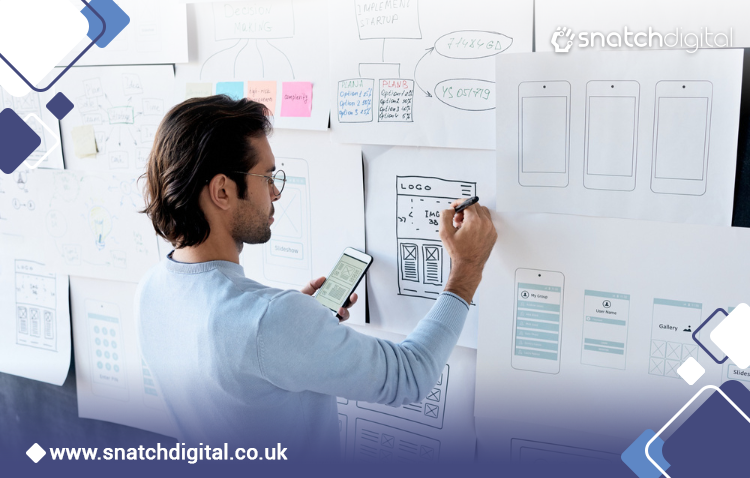
Importance of Smart Product Design and Development
Smart product design and development plays a crucial role in today's fast-paced and technologically advanced world. It involves creating innovative and user-friendly products that incorporate cutting-edge technologies, while taking into consideration the needs and preferences of the end-user. This process can significantly impact the success and competitiveness of a company in the marketplace.
One of the key reasons why smart product design and development is important is that it allows companies to meet the evolving demands and expectations of their customers. With advancements in technology and changing consumer behaviors, people expect their products to be smarter, more connected, and efficient. By integrating smart features into their products, companies can enhance user experiences and provide solutions that cater to modern-day lifestyle needs.
Furthermore, smart product design and development enable businesses to stay ahead of the competition. In today's highly competitive market, companies need to differentiate themselves by offering unique and innovative products. By incorporating smart features, such as Internet of Things (IoT) connectivity, artificial intelligence, and automation, companies can create products that stand out from the crowd and attract customers.
Another crucial aspect of smart product design and development is sustainability. With increasing environmental concerns, customers are becoming more conscious of the impact their purchases have on the planet. Smart products that are designed with sustainability in mind, such as energy-efficient appliances or eco-friendly materials, can appeal to environmentally conscious consumers and contribute to a greener future.
Moreover, smart product design and development can lead to cost savings for both businesses and consumers. By creating products that are more energy-efficient, automated, or connected, companies can help users reduce their energy consumption and save money in the long run. Additionally, companies can streamline their production processes and reduce waste by incorporating smart technologies, ultimately leading to cost efficiencies.
Lastly, smart product design and development can contribute to personalized and customized experiences for consumers. With advancements in data analytics and machine learning, companies can gather insights about user preferences and behavior, allowing them to tailor products and services to individual needs. This customization creates a higher level of customer satisfaction, engagement, and long-term loyalty.
smart product design and development are of utmost importance in today's consumer-driven and technology-oriented world. By embracing innovation, sustainability, and customization, businesses can create products that meet the expectations of modern consumers, differentiate themselves from competitors, and contribute to a more efficient and sustainable future.
Key Elements of Smart Product Design and Development
Smart product design and development involve several key elements that ensure the creation of innovative and successful products. These elements are vital in order to meet the needs and expectations of today's tech-savvy consumers. Let's explore these elements in a human-style explanation.
User-Centric Approach
Smart product design prioritizes the end-user experience. By understanding the needs, preferences, and pain points of customers, designers can create products that truly resonate with them. This approach involves conducting extensive user research, usability testing, and feedback analysis to gather valuable insights. Ultimately, it aims to enhance user satisfaction, increase adoption rates, and foster long-term customer loyalty.
Integration of Advanced Technologies
Incorporating cutting-edge technologies is a hallmark of smart product design. This includes leveraging artificial intelligence (AI), Internet of Things (IoT), machine learning, and other emerging technologies to create connected and intelligent products. By enabling seamless interaction and automation, these technologies enhance functionality, convenience, and efficiency, ultimately delivering a more intuitive and delightful user experience.
Sustainability and Eco-Friendliness
Smart product design recognizes the importance of sustainable and eco-friendly solutions. It promotes the use of recyclable materials, energy-efficient components, and responsible manufacturing processes. By prioritizing sustainability, designers contribute to reducing the environmental impact of products throughout their lifecycle, thus fostering a more environmentally conscious society.
Data-Driven Decision Making
Data holds immense power in smart product design and development. By collecting and analyzing relevant data, designers can gain meaningful insights into user behavior, market trends, and product performance. This data-driven decision-making process allows for iterative improvements, product optimization, and the ability to tailor offerings to customers' evolving needs and preferences.
Seamless Interconnectivity
In today's interconnected world, smart products should seamlessly integrate with other devices and platforms. This interconnectedness allows for a holistic user experience, enabling users to effortlessly connect, control, and communicate with their devices. Whether it's through integrating products with smartphones or utilizing cloud-based services, seamless interconnectivity ensures a unified and cohesive user experience.
Emphasis on Security and Privacy
As smart products become an integral part of our lives, ensuring security and privacy becomes crucial. Smart product design incorporates robust security measures to protect users' personal information, prevent unauthorized access, and safeguard against potential cyber threats. By prioritizing security and privacy, designers build trust and instill confidence in users, encouraging widespread adoption of their products.
smart product design and development encompass user-centric approaches, integration of advanced technologies, sustainability, data-driven decision making, seamless interconnectivity, and emphasis on security and privacy. Adopting these key elements leads to the creation of innovative, user-friendly, sustainable, and secure products that meet the ever-evolving demands of today's tech-savvy consumers.

Challenges in Smart Product Design and Development
Smart product design and development have revolutionized the way we interact with technology. From smartwatches to smart home devices, these products have enhanced our lives by providing convenience, efficiency, and connectivity. However, despite their numerous benefits, there are several challenges that designers and developers face when creating these intelligent devices.
One of the key challenges is ensuring seamless integration and interoperability with other smart devices and systems. As the market is flooded with various smart products from different manufacturers, compatibility issues can arise. Each device may operate on different protocols or standards, making it difficult for them to communicate effectively. This challenge requires designers to invest significant time and effort in researching and understanding the various compatibility standards to ensure that their products can seamlessly integrate with others.
Another challenge lies in the complexity of user interfaces. Smart products are designed to make our lives easier, but if the user interface is confusing, the product becomes less desirable. Designing intuitive and user-friendly interfaces that allow users to effortlessly interact with the device is crucial. The challenge is to strike a balance between functionality and simplicity, ensuring that users can easily navigate the features and capabilities of the product.
Security and privacy concerns also pose a significant challenge in smart product design and development. With the increasing interconnectivity of devices, there is a higher risk of security breaches and unauthorized access to personal information. Designers must prioritize cybersecurity and implement robust measures to protect user data. Balancing the need for convenient data transmission while ensuring privacy and security can be a complex task.
Furthermore, there is a constant need to innovate and keep up with evolving technologies. The smart product market is highly competitive, and designers face the challenge of staying ahead of the curve. New advancements, such as artificial intelligence and machine learning, present opportunities for enhanced functionality and personalized experiences. However, integrating these technologies into smart products requires continuous research and development to ensure optimal performance and user satisfaction.
Lastly, there is the challenge of sustainability. As smart products become more prevalent, designers must consider the environmental impact of their creations. The manufacturing and disposal processes can contribute to electronic waste and ecological harm. Designers need to consider materials, energy consumption, and the product's lifecycle to minimize its environmental footprint. This challenge necessitates incorporating sustainable practices into the design and manufacturing processes.
In conclusion, smart product design and development come with their fair share of challenges. From compatibility issues to user interface complexities, security concerns, the need for continuous innovation, and sustainability considerations, designers face a multi-faceted task. Overcoming these challenges requires a comprehensive understanding of user needs, technological advancements, and a commitment to delivering products that enhance our lives while addressing these complexities.
Read more: QA Challenges Across Companies and Roles
Steps in the Smart Product Design and Development Process
When it comes to designing and developing smart products, there are several crucial steps that need to be followed to ensure a successful outcome. From ideation to production, each stage requires careful planning and execution to create innovative and functional smart devices. Let's delve into the steps involved in the smart product design and development process.
1. Idea Generation
The first step is to brainstorm and conceptualize ideas for your smart product. Identify a market need or a problem that your product can address, and come up with unique and innovative solutions. This stage involves conducting research, gathering customer insights, and exploring emerging technologies.
2. Feasibility Analysis
Once you have a set of potential ideas, it's important to assess their feasibility. Evaluate factors such as technical viability, market potential, cost analysis, and legal considerations. This analysis will help you determine which ideas are worth pursuing and which might need refinement or alteration.
3. Concept Development
Take the most promising ideas from the feasibility analysis and develop them into concrete concepts. This involves creating sketches, prototypes, or digital mock-ups to visually represent your product. At this stage, seek feedback from potential users or stakeholders to ensure that your concept aligns with their needs and expectations.
4. Design and Engineering
With a solid concept in hand, it's time to dive into the detailed design and engineering process. This step includes finalizing the product's form, function, and interface, as well as defining its electronic components, software, and connectivity features. Collaborate with industrial designers, hardware engineers, and software developers to transform your concept into a technically feasible design.
5. Prototyping
Building functional prototypes is crucial for testing and validating your smart product. This step involves creating a physical prototype that closely resembles the final product. Prototypes allow you to refine your design, evaluate user-friendliness, check for technical issues, and gather valuable feedback for improvements. Iterative prototyping may be required to address any discovered flaws or explore new enhancements.
6. Testing and Validation
Once you have a working prototype, conduct rigorous testing to ensure your smart product meets all the required specifications and safety standards. Perform usability tests, environmental tests, reliability tests, and any other relevant assessments. Based on the test results, refine your design further until you achieve a reliable and high-quality product.
7. Manufacturing and Production
Once you have finalized the design and validated the prototype, it's time to prepare for mass production. Collaborate with manufacturing partners to optimize the production process, source materials and components, and create a manufacturing plan. Quality control measures should also be implemented to ensure consistent product performance throughout production.
8. Launch and Commercialization
As the manufacturing process begins, develop a comprehensive marketing and distribution strategy to effectively launch your smart product in the market. This includes creating a compelling brand story, developing marketing materials, setting up distribution channels, and identifying your target audience. Utilize various marketing techniques to create buzz and generate awareness about your innovative smart product.
9. Post-launch Support and Maintenance
The journey doesn't end with the product launch. Continuous support and maintenance are crucial to ensure customer satisfaction and gather valuable feedback for future iterations. Provide customer support, release software updates, and implement necessary improvements based on user feedback and market trends.
the smart product design and development process encompasses idea generation, feasibility analysis, concept development, design and engineering, prototyping, testing and validation, manufacturing and production, launch and commercialization, and post-launch support. By following these steps diligently, you can create groundbreaking smart products that meet user needs and make a lasting impact in the market.
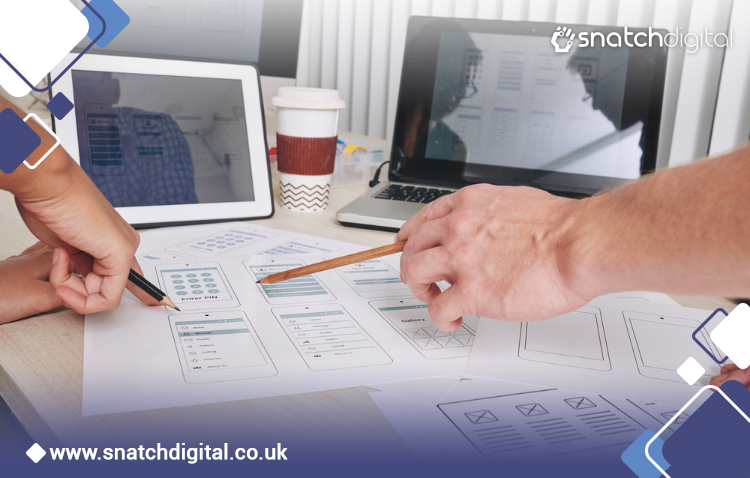
Benefits of Smart Product Design and Development
Smart product design and development is a process that uses advanced technologies and incorporates intelligent features to create innovative and efficient products. This approach offers numerous benefits, revolutionizing the way products are conceived, manufactured, and used. Let's explore some key advantages of smart product design and development, highlighting its potential across industries.
Improved Functionality
One of the primary benefits of smart product design and development is enhanced functionality. By integrating intelligent features, such as sensors, connectivity, or machine learning algorithms, products can be made more responsive, adaptive, and intuitive. This enables them to meet customer needs more effectively and deliver an exceptional user experience.
Efficiency and Optimization
Smart products are designed to be highly efficient and optimized, resulting in resource and cost savings. For instance, incorporating energy monitoring sensors in home appliances allows users to monitor and manage electricity consumption, leading to reduced energy waste and lower electricity bills. With the ability to collect and analyze data, smart products can also identify areas for improvement, enabling manufacturers to optimize production processes and reduce waste.
Increased Connectivity
Smart product design and development emphasize connectivity, enabling seamless communication and interaction. By integrating products with internet connectivity or leveraging wireless technologies like Bluetooth or NFC, smart products can be part of a larger network, facilitating data sharing and remote control. This creates opportunities for better integration with other smart devices and services, enabling enhanced functionalities and creating a more interconnected ecosystem.
Enhanced User Experience
Smart product design focuses on enhancing the user experience, making products more intuitive, interactive, and user-friendly. By leveraging technologies like augmented reality or voice recognition, smart products can provide more natural and immersive interactions. For example, virtual fitting rooms in online shopping applications use augmented reality to enable customers to digitally try on clothing, enhancing convenience and reducing product returns.
Improved Safety and Security
Smart product design and development also contribute to increased safety and security. By incorporating advanced sensors, monitoring systems, or biometric authentication, products can detect and respond to potential risks, preventing accidents or unauthorized access. From smart home security systems to wearable health trackers that monitor vital signs, these features offer users peace of mind and contribute to overall safety.
Competitive Advantage
Embracing smart product design and development can give companies a competitive edge in the market. By offering innovative and technologically advanced products, businesses can attract more customers and differentiate themselves from competitors. This can lead to increased market share, brand loyalty, and ultimately, higher revenue.
Smart product design and development offer a wide range of benefits across industries. By improving functionality, optimizing efficiency, increasing connectivity, enhancing user experience, ensuring safety and security, and providing a competitive advantage, businesses can create innovative and highly valuable products. Embracing this approach allows companies to stay ahead of the curve, adapt to changing customer demands, and thrive in today's increasingly connected and technology-driven world.
Do you need product development services? join us.
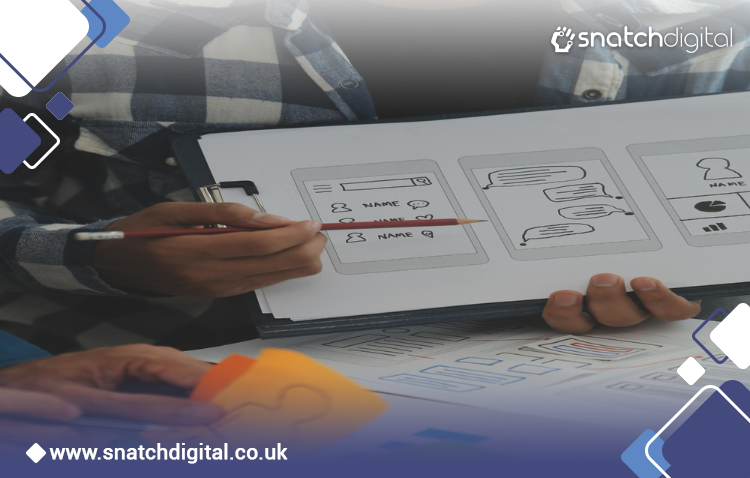
Examples of Successful Smart Product Design and Development
Smart product design and development have revolutionized various industries, providing innovative solutions and remarkable user experiences. By seamlessly blending cutting-edge technology with intuitive design, companies have created remarkable products that have surpassed conventional expectations. Let's delve into some inspiring examples of successful smart product design and development.
1. Apple iPhone: The iPhone revolutionized the mobile phone industry by introducing a comprehensive combination of advanced hardware, software, and user-centric design. Its sleek aesthetics, intuitive interface, and innovative features, such as Touch ID and Face ID, propelled the iPhone to become a pinnacle of smart product design.
2. Tesla Model S: Tesla redefined the automotive industry by introducing electric vehicles with remarkable range, performance, and smart capabilities. The Model S integrates an advanced autopilot system, a large touchscreen interface, and over-the-air software updates, creating a compelling and futuristic driving experience.
3. Nest Learning Thermostat: Nest's smart thermostat offers an intuitive and efficient way to control home temperatures. By learning users' preferences and adapting to their schedules, it optimizes energy consumption, thus reducing utility bills. Its sleek design and seamless smartphone integration allowed users to control and monitor their home's temperature effortlessly.
4. Fitbit Fitness Trackers: Fitbit combined fitness tracking with smart technology to create a range of wearable devices that revolutionized personal health monitoring. These trackers integrate sensors to measure physical activity, sleep patterns, heart rate, and more, providing users with insightful data to improve their fitness levels and overall well-being.
5. Amazon Echo: The Amazon Echo smart speaker introduced voice-controlled technology to the masses in the form of the virtual assistant, Alexa. Its ability to perform tasks, answer questions, play music, control smart home devices, and adapt to users' preferences has made it a cornerstone of smart homes worldwide.
6. Philips Hue: Philips Hue designed smart lightbulbs and lighting that allow users to control the ambiance and color of their lighting environment through smartphones or voice commands. This innovation has transformed the way people interact with lighting, offering convenience, energy efficiency, and the ability to enhance moods or create stimulating atmospheres.
These examples highlight how companies successfully integrate technology, aesthetics, and usability to create compelling smart products. By understanding user needs and leveraging cutting-edge advancements, these products have altered industries, enhanced daily lives, and set new benchmarks for smart product design and development.
Future Prospects of Smart Product Design and Development
Smart product design and development have been steadily gaining momentum in recent years, and the future prospects for this field are exceptionally bright. With advancements in technology, the demand for innovative and intelligent products has vastly increased. Embracing a human-centered approach, smart product design aims to not only satisfy customers' needs but to exceed their expectations.
One key aspect of future prospects in smart product design and development lies in the concept of interconnectedness. As the Internet of Things (IoT) continues to grow, products are becoming more interconnected and capable of seamlessly communicating with one another. This opens up a world of possibilities for creating intuitive and personalized user experiences. Imagine a home where every device, from the refrigerator to the lighting system, is intelligently connected, allowing users to manage and control their environment effortlessly. This level of convenience and automation has the potential to revolutionize the way we live and interact with products.
Another exciting development in smart product design is the integration of artificial intelligence (AI). AI-enabled devices can learn from user behavior, adapt to preferences, and autonomously optimize their performance. This enables products to become smarter over time, providing users with personalized recommendations and improving overall user satisfaction. For instance, AI-powered virtual assistants can anticipate users' needs, proactively offering suggestions or performing tasks without explicit commands. This level of intelligence revolutionizes the way we interact with technology and enhances productivity in our daily lives.
Moreover, smart product design and development have enormous potential to address pressing global challenges. Sustainability and energy efficiency are becoming increasingly important considerations. Smart products can be designed to be energy-efficient, reducing their overall environmental impact. For example, smart thermostats can learn users' daily routines and adjust temperature settings accordingly, leading to significant energy savings. Additionally, smart cities can leverage technology to optimize resource allocation, improve transportation systems, and enhance overall livability.
In terms of market potential and job opportunities, the future of smart product design and development is exceptionally promising. Companies across various industries are realizing the value of integrating intelligence into their products, creating a high demand for skilled designers and developers in this field. Those who possess a combination of technical expertise, creativity, and a deep understanding of human needs will be highly sought after. The advent of smart homes, connected cars, wearables, and countless other intelligent devices ensures a wealth of opportunities for professionals in this sector.
In conclusion, the future prospects of smart product design and development are exceedingly bright. The interconnectedness of devices, integration of AI, and a focus on sustainability are propelling this field forward. The potential for improving user experiences, addressing global challenges, and creating new job opportunities is immense. Embracing human-centered design and leveraging technological advances, smart products have the power to transform our lives and shape a brighter future.

